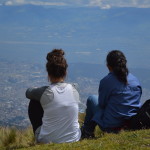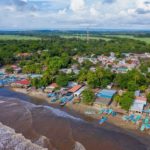Galapagos Travel: 5 Things You Need to Know
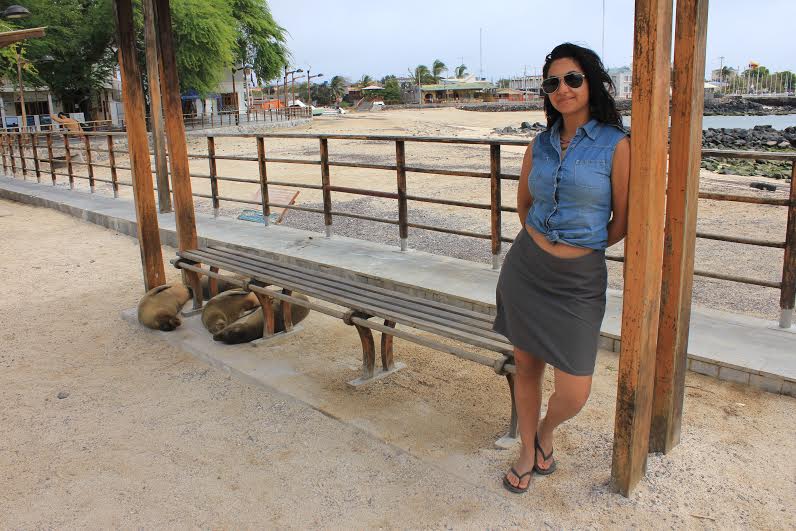
My Galapagos travel experience was my first solo adventure, and ultimately helped me develop a deeper eco-conscious. I landed in Quito, Ecuador at night praying the ride I had arranged back in Canada was, in fact, going to show up. He didn’t speak a word of English, and my Spanish was barely functional. In spite of my fears and the language barrier, I came to Ecuador with one goal in mind: I wanted to make a difference.
I was a very serious student studying the environment at university level. So, I was going to the Galapagos with Lead Adventures in order to save the animals, and the world!
Admittedly, this view was slightly naïve. Here are a few things to expect when planning your own Galapagos travel adventure:
Galapagos Travel: 5 Things You Need to Know
1. This is not a beach vacation
Before you start dreaming about drinking a piña colada along the shore, please realize that this won’t be your experience on the Galapagos Islands. Yes it is dreamy, beachy, and magical. But if you’re looking for cheap thrills, sign up for an all-inclusive resort instead. This place is different; it is raw, uninhibited, and has almost prehistoric nature. That’s not to say it’s not fun.
We had some pretty exciting nights downing caña (a liquor made from sugarcane) until sunrise. But remember, this is not your average carefree beach holiday. There will be undertones of environmental cynicism and rude awakenings.
Before booking my ticket, I saw a couple of films about the Galapagos and left believing that I could be some type of glamorous eco-warrior. That fantasy about bubbling around sharks and frolicking with sea lions remained as such. Though I did get to snorkel with both, it’s important to know that the Galapagos Islands are not a Sea World theme park.
You’re inside a protected national park that is consistently working to keep poachers and polluters from further destructing its fragile ecosystem. If you’re going to go, continuously remind yourself that responsible tourism should be at the forefront of your travel priorities.
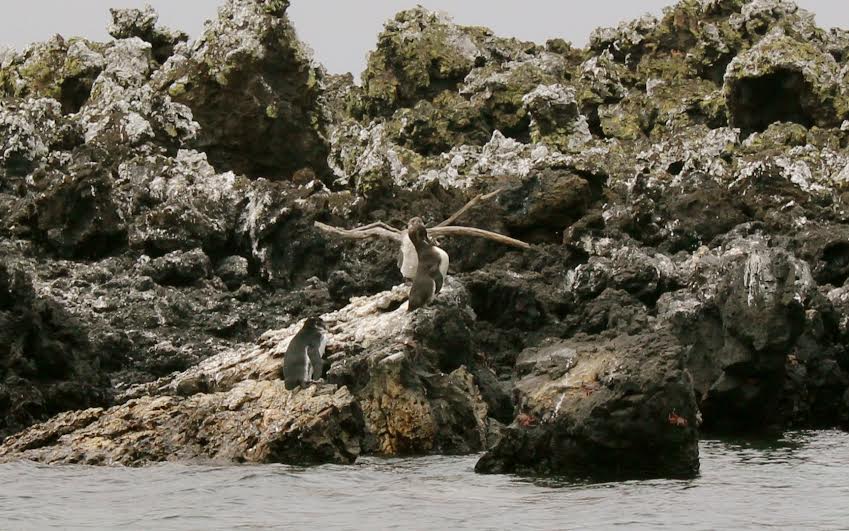
2. Expect pollution
If poachers weren’t enough of a huge issue, pollution is slowly becoming an increasingly larger one. I have a friend who stayed on an island called Isabela (geographically the largest, and subjectively the most beautiful) for about three months, and spent almost everyday picking up garbage on the beach. It’s not solely the fault of tourists. More locals have started to move into the park in order to explore new business ventures, but where there are people, there will be pollution.
While I was staying in San Cristobal (one of the main human-populated islands), we spent our days cutting blackberry vines (they are an invasive species, not indigenous to the Galapagos and therefore a threat) in a damp, mosquito-laden, and lush forest. We would come back sweating, covered in mud and bites, and vine thorns in spite of our protective wear.
Can you imagine carrying a machete around in a humid forest for an entire day clothed from head-to-toe? I use this example to emphasize the amount of effort that goes into protecting the islands from non-indigenous species. Now, imagine adding avoidable human pollutants to that problem.
3. If you’re adamant about going, contribute to the solution
Get to know the locals. Often times, we travel to places on our holidays and stay pretty isolated inside our bubbles. There’s sightseeing, excursions, meals and all that vacation fun, but learning more about what the locals struggle with on a daily basis may provide you with a better understanding of how to promote the message of protecting the park.
While I was in the Galapagos, I met an Argentinian hostel owner with a great love and adoration for the islands. It was obvious to me that she was not just in the Galapagos to make money; she actually was in love with the place. Believe it or not, not everyone who lives there is all starry-eyed about it. I spent some time with her family rather than hanging with my travel group and had some of the best days of my stay.
The amount you can learn from people who live in a national park is immense. You quickly find out the harsh realities of the political system, the legalities, and why it is becoming increasingly difficult to protect the Galapagos from human destruction. It’s a contradiction that I am also guilty of; simply going there contributes to wider environmental issues. So, if you really want to see this magical jewel then consider learning the truth about the life and daily challenges there. By educating yourself, you can contribute to finding a solution or helping during your stay.
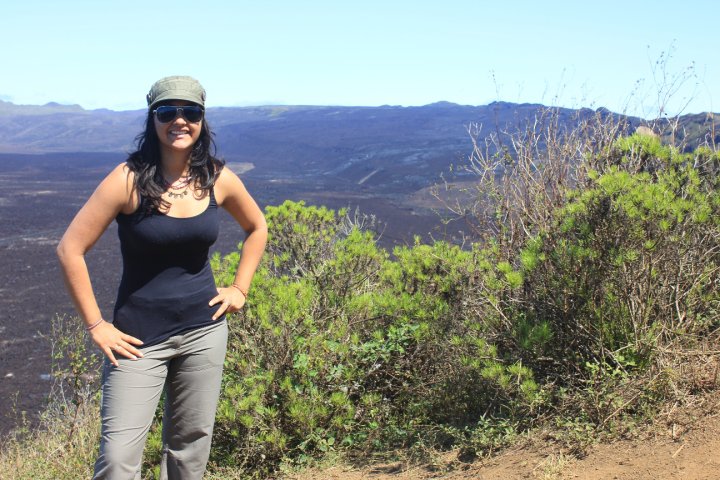
4. Be a protector
I have a very vivid memory of hiking Volcano Chico on Isabela Island with a group of high school kids from the US. We were all sitting down in some shade to have lunch, and one of the girls threw a peach pit into the brush. One of the members of my group immediately told her to pick it up and dispose of it appropriately. This is responsible travel.
The whole allure of the Galapagos is the fact that existing species are meant to be indigenous and cannot be found in any other corners of the world. A simple peach pit can mean a brand new invasive species, like the blackberries. This seems small and insignificant, but future travelers to the Galapagos should understand why it is not. If you decide to go, be conscious of these types of indiscretions as the balance of the existing species is continuously at threat.
5. It’s pretty incredible
I’d like to apologize for providing such a grim picture of your future travels to what I call, a true paradise. There are a plethora of positives, of course! So, why is it paradise? You will get to snorkel with sharks, rays, sea lions, and sea turtles. You will get to hike through some of the thickest and most beautiful vegetation, as well as a live volcano covered in colorful minerals. You will likely sun bathe next to a sea lion and her pup, and you will inevitably meet wonderful people along the way.
The Galapagos humbled me. They forced me to think more deeply about my place on earth as a consumer, a member of society, and a steward of the environment. And yes, you probably will end up having a drink on the beach, but do not let that be one of the goals while trip planning.
Lastly, do some research about where to stay. The cruise companies that dominate most of the tourism industry within the park tend to get people booked before they arrive, and this takes away customers from local businesses. Assisting the locals with their causes is ultimately more supportive and reminds the cruise liners that the Galapagos is not theirs to mine at the expense of wildlife and habitat.
This is not meant to be a discouraging message, but rather a cautionary one. An opportunity to see the Galapagos Islands is truly a blessing. Just make sure you’re going for the right reasons, and be aware of your responsibilities to the environment. Most importantly, after visiting this special place, find ways to spread the message of responsible tourism to others interested in visiting.




